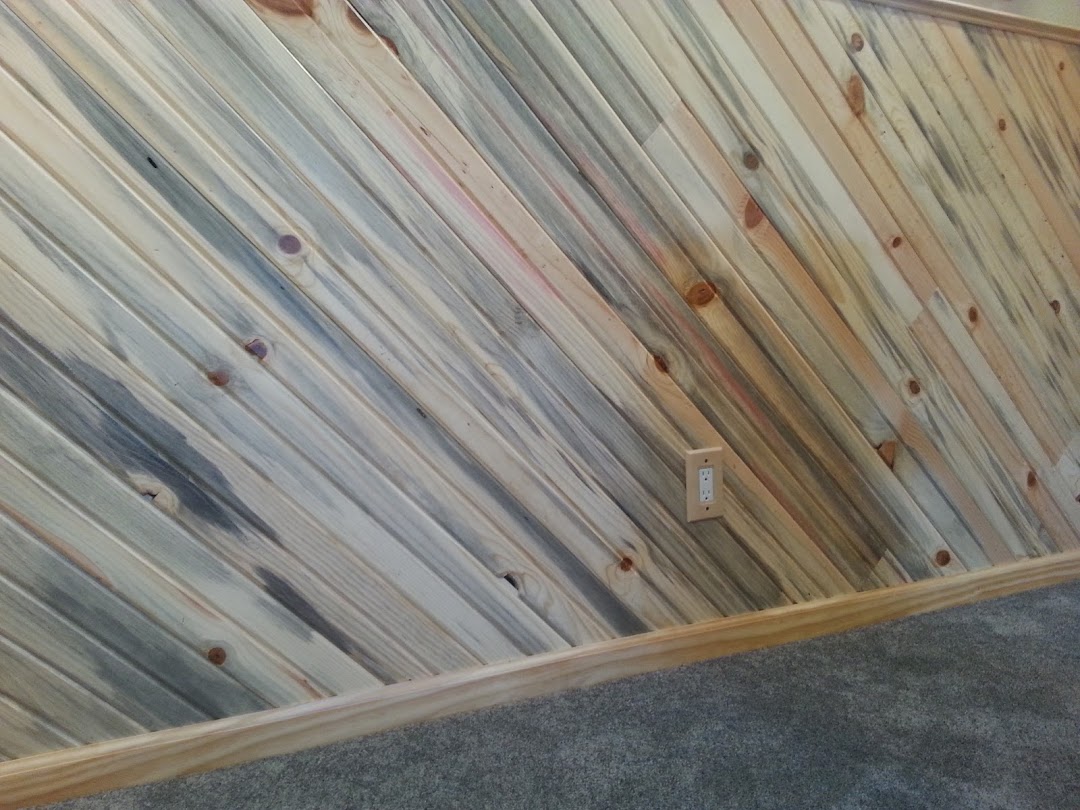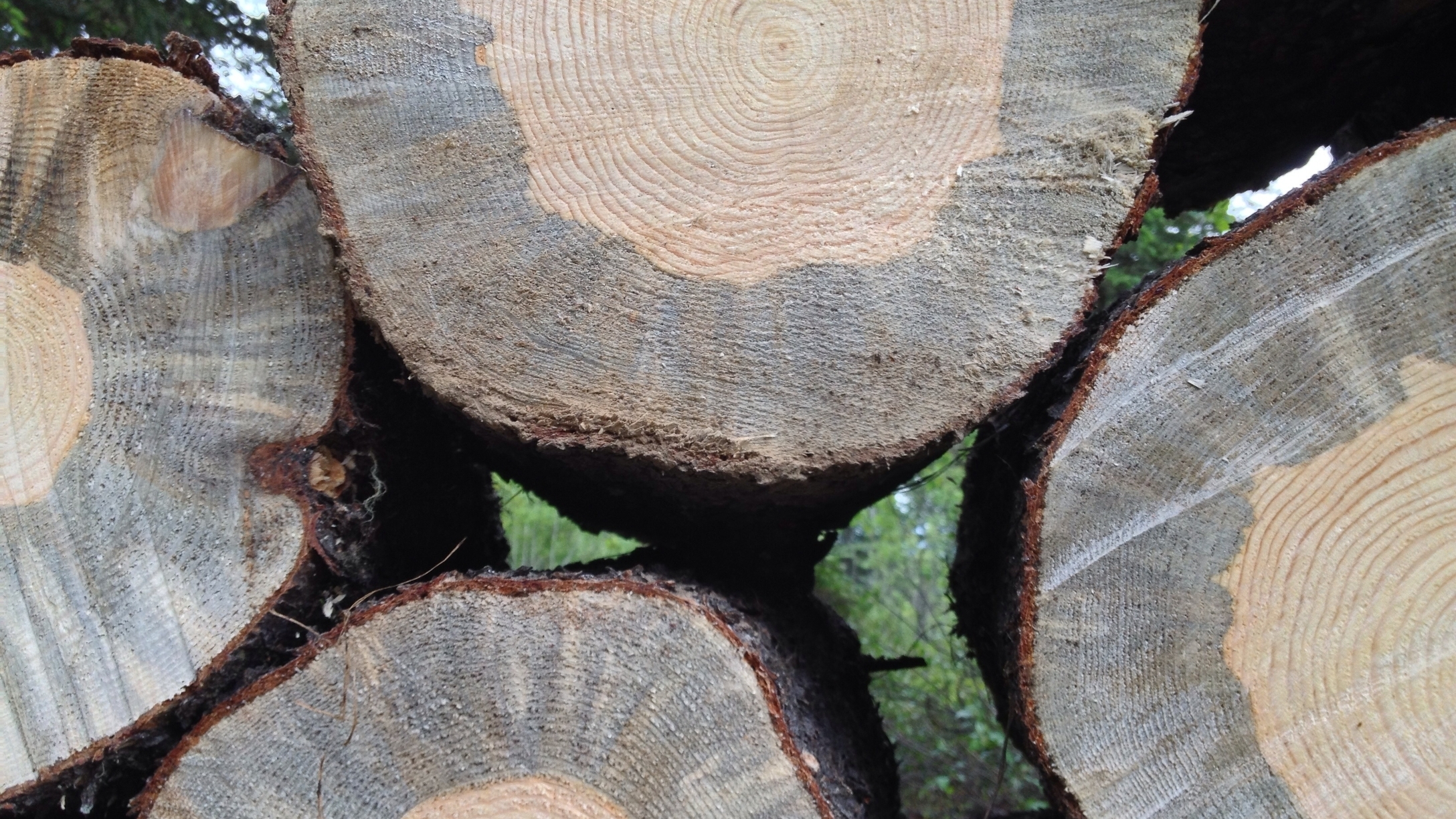A full-grown mountain pine beetle is the size of a fingertip; black and hard-shelled, it looks rather unimpressive, as beetles go. But its Latin name, Dendroctonus, means “tree killer”—and that is just what it does, exceedingly well.
The beetles bore into the trunks of pines in order to mate and lay their eggs. The tree resists the invaders with sap, flushing out the bugs in a resinous amber wave. The beetle, in turn, has a method of halting the tree’s attack. It carries a fungus that inoculates the tree and, after the spores germinate, knits threads of mycelium throughout the soft sapwood. Between the attacking fungus and the tree’s efforts to stop it from spreading, the movement of water and nutrients up and down the trunk grinds to a halt. Parched and no longer able to effectively photosynthesize, the once-green boughs of hundreds of millions of pines—lodgepole, ponderosa, limber—look rusted over, and when they die, the innards turn a ghostly gray.
The beetle and its fungus have been attacking conifers in forests for millions of years, with the sap winning out sometimes and the beetles others. Long, cold winters would occasionally kill off an excess of beetles. While weak trees would succumb to infestation, strong trees would survive and age in beetle-thinned groves. Today, the beetle has the upper hand. After years of persistent drought in the West, trees are stressed; there aren’t many healthy ones remaining. Plus, the temperatures no longer drop as far below zero and kill off the beetles.

In Colorado, where some 700 million trees have died from the pine beetle blight, loggers rip up the dead and dying trees, chipping most for mulch or grinding them down into shavings. Solid specimens that can be milled are made into blue-tinged boards and sold for siding, flooring, paneling. Some even become tables, desks, and chairs. Last fall, a furniture company in Oakland named SapphirePine raised more than $20,000 on Kickstarter to expand its beetle-kill-pine salvage operations. The company says it aims “to spark demand and promote policies that will enable wide use of this pine throughout California,” where pine beetles have killed at least 102 million trees since 2010.
Hauled out of the mountains before the beetle larvae begin to tunnel mazes through the deteriorating wood, the pine looks nearly like that hewn from a healthy tree, save for the color cast over it by the fungus. It’s preserved in an in-between state, the unique hue suggesting the decay to come. It’s the shadow of an infestation, as well as a reminder of the imbalance that looms over more than just the pines. It was, after all, the shifting climate we created that gave the pines’ old foe—the beetle—the sudden upper hand.
Like coastal houses flooded, then rebuilt on ever-higher stilts, or the former front-yard lawns turned into gravel pits in Los Angeles, the wood from a beetle-killed pine represents a new aesthetic for a new age, where the signs of the slow-moving disaster are all around us if you know where to look. They are there—in the splotches of the distressed, sustainable wood of the countertop in your coffee shop.






